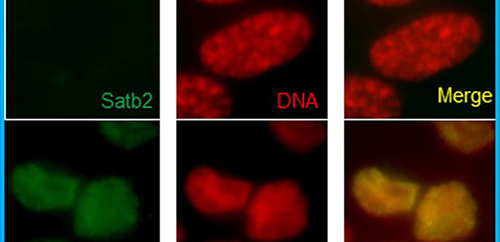Dr. Weeks’ Comment: Yet another example of the critical target being not the cancer TUMOR cells (affected by chemo and radiation) but the cancer STEM cell which is made “more numerous and more virulent” by the standard of care – chemo and radiation.
Cancer spreads by inflammation – eat the seed – the ANTI-INFLAMMATORY seed
Here is Dr. Weeks’ most recent lecture on remedying the cancer STEM cell using powerful but safe and anti-inflammatory agents.
“…Silencing SATB2 in the colorectal cancer cells not only suppressed cell growth, motility and colony formation, but the characteristics of cancer stem cells were absent…”
LSUHealthNO Research Discovers Potential New Rx Target for Colon Cancer
The work, which details the process, is published online in Nature Research’s Scientific Reports available here.
SATB2 is a novel “transcription factor” – a protein “switch” that controls which genes are turned on or off inside a cancer cell. Drs. Rakesh Srivastava and Sharmila Shankar identified it in the so-called “cancer stem cells” – cancer cells that behave like stem cells. Cancer stem cells are a small subset of immortal cells in tumors that are not only capable of renewing themselves, but also giving rise to other cells needed by the tumors to survive and grow. These cells are more resistant than typical cancer cells to standard chemotherapeutic agents and can persist in the body even after treatment. The cancer stem cells are thought to be a major cause of treatment failure, disease relapse and metastasis. Certain signals can turn a regular cancer cell into a cancer stem cell, making it resistant to treatment. SATB2 appears to be a master regulator of that process, controlling several of the mechanisms involved.

Silencing SATB2 in the colorectal cancer cells not only suppressed cell growth, motility and colony formation, but the characteristics of cancer stem cells were absent. This means that if agents are identified that can block SATB2, they may be used, along with standard of care, to prevent cancer relapses and metastasis.
